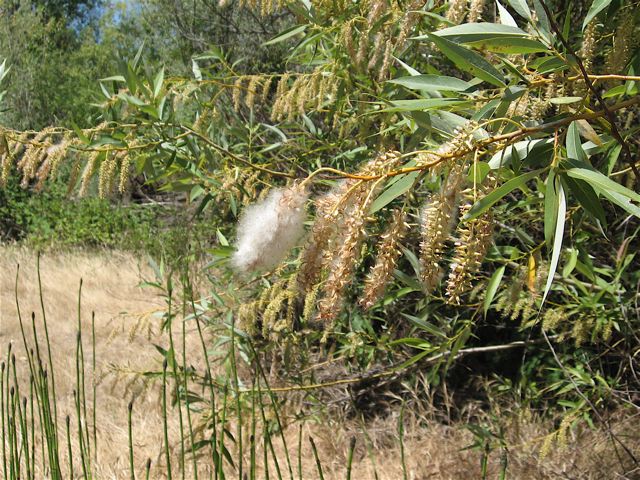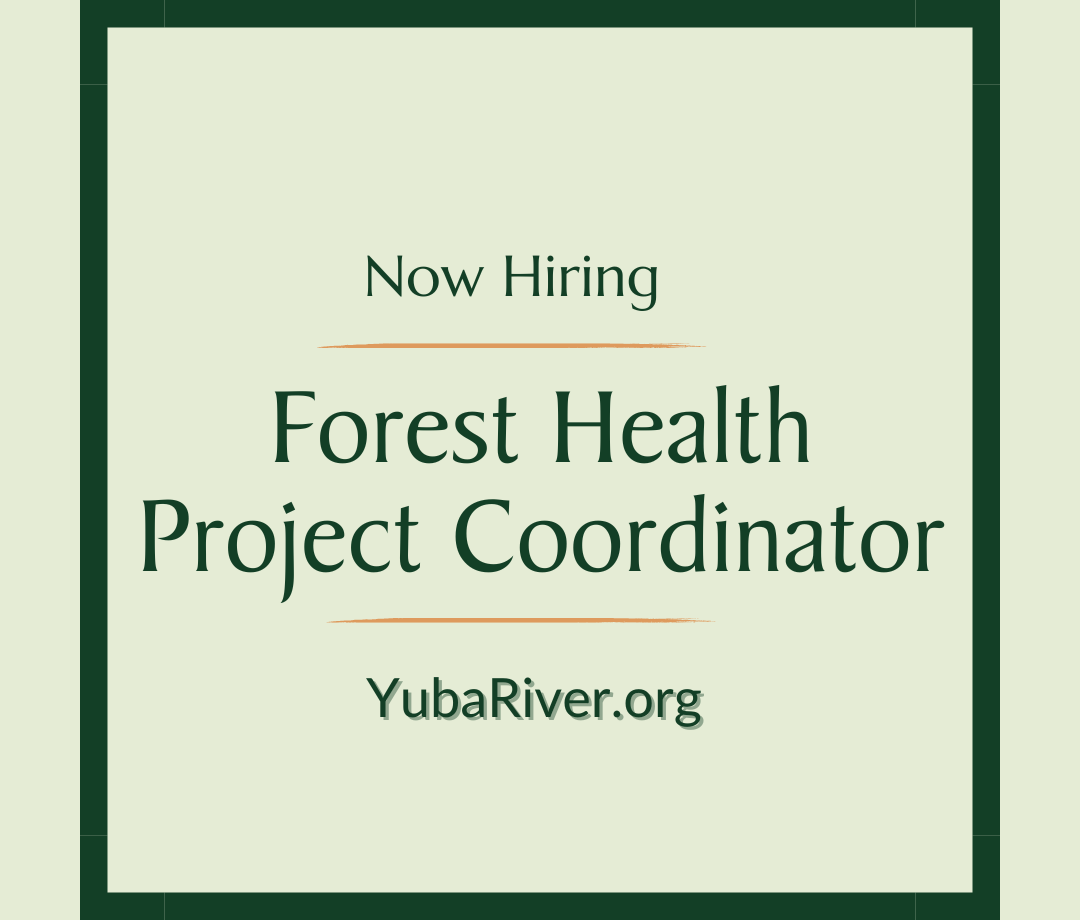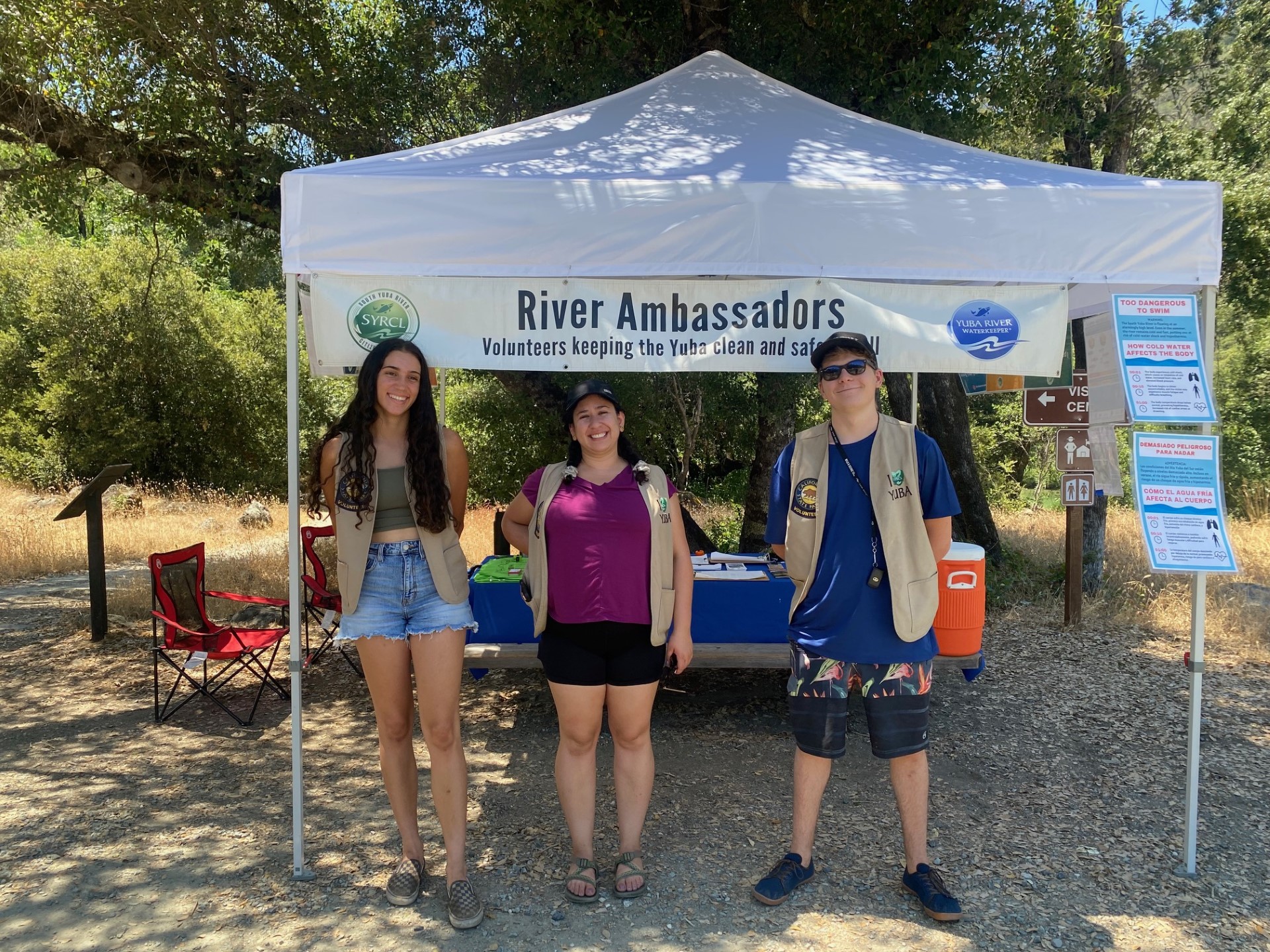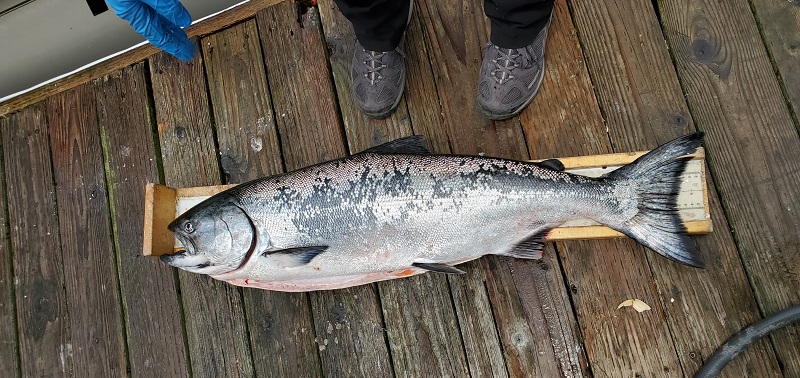How Willow Absorb and Trap Mercury on the Yuba
Sometimes the restoration work we do ends up having some unexpected benefits. In this article, we explore some unplanned positive outcomes of our Lower Yuba River restoration projects.
Restoring habitats on the Lower Yuba
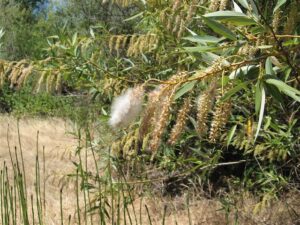
In 2011 and 2012, SYRCL implemented a groundbreaking habitat restoration project on the Lower Yuba River. Over the course of this restoration project, SYRCL planted over 6,000 willow and cottonwood species to groundwater depth on Hammon Bar. The goal of planting these species was to create a more diverse variety of riparian vegetation that would enhance the habitat.
Since then, SYRCL has worked with an array of dedicated partners to restore hundreds of acres of floodplain habitats both downstream and upstream that will provide suitable spawning habitat for some of the Yuba’s threatened species—Chinook salmon and steelhead trout. This work involves removing gravel deposited decades ago by hydraulic mining and planting native species that both stabilize soil and create rearing habitats for fish and other wildlife.
Planting native species

Although the restoration projects were focused on creating a better habitat for salmon and increasing biodiversity, the planting of willows also had an unanticipated benefit. Not only do willows have large, soil binding roots that prevent further erosion, they are also one of the best plants for removing and storing mercury (Hg) in their roots.
About 80% of the mercury they remove stays in the roots and does not travel up to the shoots of the willow. Therefore, we do not find much mercury in the leafy aboveground parts of the willow. Willow trees and other plants used for phytoremediation can also act as a sort of water pump by sucking up contaminated water and preventing it from travelling downstream. This proves to be incredibly beneficial to the watershed by preventing contaminants from traveling downstream and polluting soil in other locations.
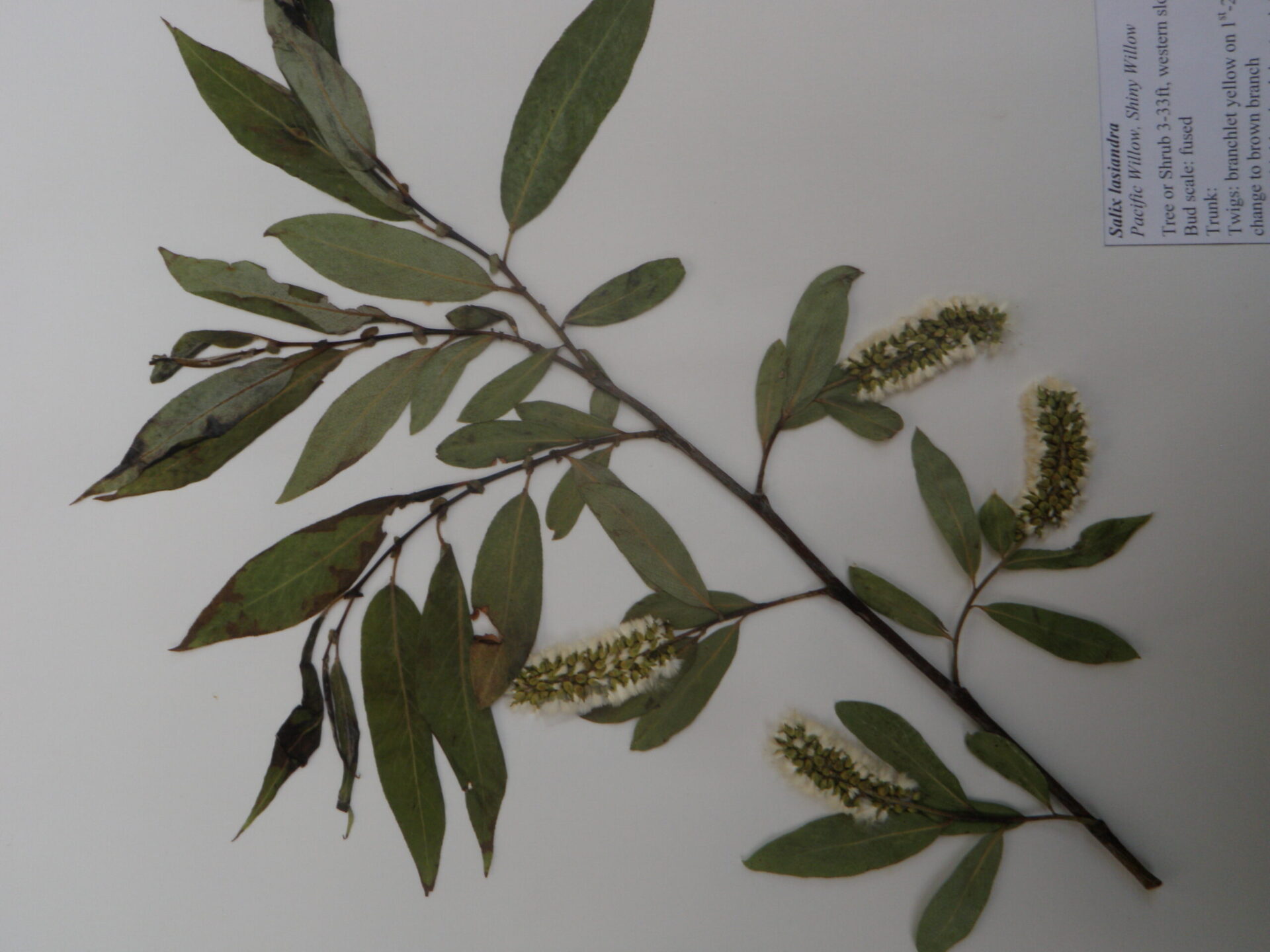
What started out as a stabilization and habitat building effort has the added benefit of producing the perfect environment for phytoremediation!
The willows that SYRCL plants are all native species. The main species include coyote willow (salix exigua), Goodings black willow (salix gooddingii), dusky willow (salix melanopsis), and shining willow (salix lasiandra) – all native to California.
How did mercury end up in the Lower Yuba River?
Mercury was used as part of gold mining in the mid to late 1800s. The miners used water cannons to wash away mountainsides believed to contain gold. This produced a mix of water and sediment that was then channeled into sluice-boxes. Miners added mercury to the sluice-boxes because mercury attached to gold thereby increasing the weight of the gold for easier recovery (Nakamura et al. 2018). Nakamura et al. (2018) write that “The Yuba River basin was the ‘epicenter’ of Sierra Nevada hydraulic mining and thus received a massive amount of sediment that coalesced into a large anthropogenic fan.” Mercury resulting from mining still exists throughout the watershed today.
What is phytoremediation?

Phytoremediation is the process of using plants to clean soil, air, and water of hazardous contaminants. This method is used to stabilize and remove contaminants, meaning the contaminants are removed from the soil and transferred into the roots of plants.
Phytostabilization is the process of establishing plant populations in areas with loose gravel and soil—like the lower Yuba. The roots of the plants act as a net, trapping and immobilizing the unstable soil. Many scientists prefer this method over traditional chemical soil remediation methods, which can cause irreversible damage to the soil (which a phytomanagement approach does not do).
Although phytoremediation does not totally remove contaminants from an environment, the removal of contaminants out of the soil is crucial. When harmful toxins are removed from the soil, we see an increase in soil health and its ability to foster other plant life!
The future of phytoremediation
Phytoremediation is an environmentally friendly and cost-effective method of cleaning soil, air, and water that has been polluted with hazardous organic and inorganic contaminants. In some cases, depending on the species of plant and type of contaminant, scientists have found that it may be possible to recover and reuse the valuable metals that have been absorbed from the polluted groundwater and soil – a process known as “phyto-minining” (Suman et al. 2018).

Thus, while our projects did not set out to use willow to trap mercury, phytoremediation is occurring at our restoration sites. Willow is a wondrous plant!
To learn more about our Lower Yuba River restoration projects, click here.
References
Suman, J., Uhlik, O., Viktorova, J., Macek T. 2018. Phytoextraction of Heavy Metals: A Promising Tool for Clean-Up of Polluted Environment?. Frontiers in Plant Science. Vol. 9: https://doi.org/10.3389/fpls.2018.01476
Nakamura , T., Singer, M., Gabet, E. 2018. Remains of the 19th Century: Deep storage of contaminated hydraulic mining sediment along the lower Yuba River, California: Elementa: Science of the Anthropocene, v. 6, doi:10.1525/elementa.333
Yadav, R., Singh, S., Kumar, A., Singh, AN., 2022, Phytoremediation: A wonderful cost-effective tool: Cost Effective technologies for Solid Waste and Wastewater Treatment, p. 179-208, doi: 10.1016/b9978-0-12-822933-0.00008-5
Did you enjoy this post?
Get new SYRCL articles delivered to your inbox by subscribing to our ENews.

